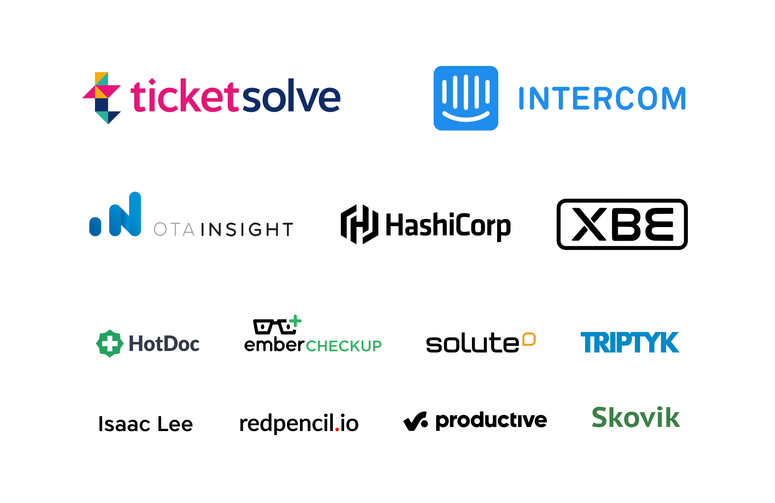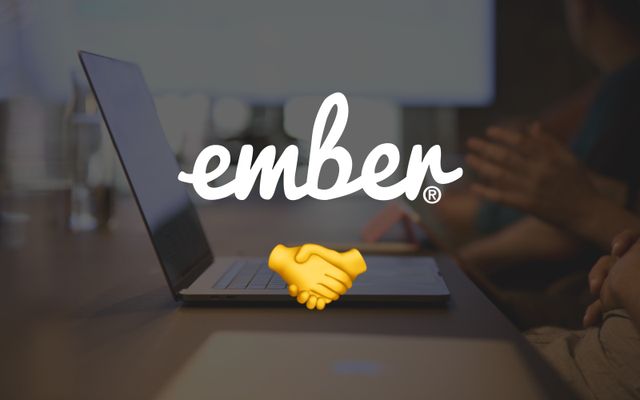anchorThe Status Quo
At the time of this writing, only few apps and teams are using Embroider (and only a fraction of the ones that do, use the optimized mode which is really the one that matters). Embroider is also not enabled by default in the blueprints for new apps (or addons) and many addons in the ecosystem still need to be migrated to support it.
anchorRisk of Fragmentation
While some teams managed to get their applications running in Embroider safe mode, if only part of the ecosystem migrates to Embroider, we’re at the risk of fragmenting the ecosystem and community. The worst case scenario would be ending up with 2 camps: Embroider and Non-Embroider. The longer we remain in this intermediate state of ongoing migration, the higher the likelihood is for that to happen.
The imminent risk of a fragmented community is threatening to break one of Ember’s key promises – the fact that the community is aligned around a set of patterns and practices that "just work" (what has been referred to as “the safety of the herd”). In a fragmented ecosystem where addons, patterns, and architectures cannot easily be shared, cross-pollination and sharing of solutions we all benefit from in the ecosystem at the moment will become much harder and much less effective. We're back to being on our own instead of being part of a herd that moves collectively.
anchorBundle Sizes and Build Performance
Without Embroider, it remains hard for teams working with Ember to leverage techniques like bundle splitting. Many applications suffer from large bundles and their impact on runtime performance, yet there is no straight-forward way to decrease bundle sizes.
The same applies to build performance: build times in Ember can be long, in particular for large applications. Only with Embroider we get access to modern build tooling like Vite, Turbopack, etc. which offer orders-of-magnitude faster builds than what's currently possible.
anchorKeep Ember weird relevant
The risk of fragmentation and the gap to competing technologies regarding bundle sizes and build times represents a threat to Ember and all teams that have built on it. Eventually, teams might decide to leave Ember, it might become hard(er) to attract engineers to work on Ember projects, and the ecosystem might shrink overall which leads to less work going into the project and less progress being made. On the other hand, once Embroider ships, Ember will be in good shape for the future and make a significant leap forward.
anchorThe Initiative
In late 2022, Mainmatter started to reach out to companies that have invested in Ember with an idea: we wanted to put a team to work on Embroider full-time, finish the package itself, make it the standard for new apps and addons, and get it adopted across the ecosystem. We believe that a team working on Embroider as their main and only priority would have a huge impact on the project and get it over the finish line. As much as everyone in the Ember ecosystem appreciates Ed’s work and the work of other contributors (without which we wouldn’t even be in the position to think about how we take the last steps), a full-time team will be able to make progress at an increased pace. Mainmatter as a consultancy is in a unique position to do this kind of work since focusing on technical topics is at the core of what we do – we don’t need to pull people out of product work, negotiate that with product managers, get approval from project stakeholders, etc.
We were able to get a number of companies on board as sponsors of the initiative quickly. All of those companies understand that investing in this initiative means ensuring the longevity of the investment they made into Ember.js by building their applications on top of it. They understand they cannot expect the technical foundations of their applications to evolve and be maintained somehow automatically at all times but they need to be an active contributor to the evolution and maintenance that's essential for their businesses. By sharing the investment collectively among a group of sponsors via this initiative, each party only gives a little but will get the full value in the end.
We’re thankful to Ticketsolve, Intercom, OTA Insight, HashiCorp, XBE, Isaac Lee, Balint Erdi, HotDoc, solute, Triptyk, redpencil, Productive, and Skovik for sponsoring and supporting the initiative!

anchorThe Roadmap
Work on the initiative has started already on June 1st. The project is lead on Mainmatter's side by Chris Manson. Our team of course operates completely in the open since all work is happening in the Embroider, RFCs, and related repositories.
We have agreed with the sponsors on a roadmap focusing on five main points:
anchor1. Finishing Embroider itself
Embroider is relatively stable but there are still bugs to uncover and fix. We anticipate this to be the main part of the initiative as a substantial amount of work needs to be done still to smooth all of Embroider’s rough edges.
Besides that, there is work that needs to happen in the wider Ember project. Specifically, that is:
- preparing an RFC for the V2 addon format being the default blueprint for newly created addons
- preparing an RFC (and eventually a spec) for engines in an Embroider world
- preparing an RFC for a spec for build-time plugins or alternatively compiling documentation for authoring code that hooks into the Ember build
- shipping ember-source itself as a V2 addon
- preparing an RFC for a V2 application format
anchor2. Making Embroider maintainable
The bus factor for the Embroider project is essentially 1 at the moment. That needs to be changed so a larger group of people in the community can take over ownership of Embroider and be responsible for maintaining it which requires better documentation as well as actively involving and teaching more people.
anchor3. Shifting the Ecosystem
We’ll work on attracting contributions from the community to ensure the most important addons in the ecosystem are compatible with Embroider. We’ll also work on putting the infrastructure in place to make it as easy as possible for drive-by contributors to have a real impact
- We’re already working on setting up a dashboard on emberobserver.com that shows the Embroider support status of the top addons in the ecosystem. That makes it easy to quickly see where contributions are needed.
- We’ll actively market that dashboard as well as push for external contributions to the effort.
- Our team will invest some of their open source time (20% of every engineer’s time) on working through the dashboard.
anchor4. Making Embroider Mainstream
Eventually, we want to make Embroider mainstream across the community to align the ecosystem and avoid fragmentation. Specifically, that means making the V2 addon structure the default for new addons as well as making Embroider the default build system for new apps. Both tasks will likely require new RFCs and consultation across the core teams.
anchor5. Next Steps
As a last step, we’ll build an initial version of an Ember plugin for Vite.
anchorJoin and secure your investment in Ember.js!
We’re thrilled about the fact that a number of companies that have invested in Ember.js came together to secure those investments and fund this initiative. While we were optimistic we’d get funding for this, we couldn’t be sure when we first pitched the idea. It’s great to see how many companies understand the relevance of investing into the longevity of the technical foundations they build on.
While the above roadmap will mean a huge step forward though, that’s not where it ends. More work will need to be done to evolve the prototype Ember plugin for Vite into a stable solution that teams can reliably bet on for the future. We hope we can get more sponsors on board as we go and extend the scope of the initiative. If you want to get involved and secure your investment in Ember.js, reach out!

